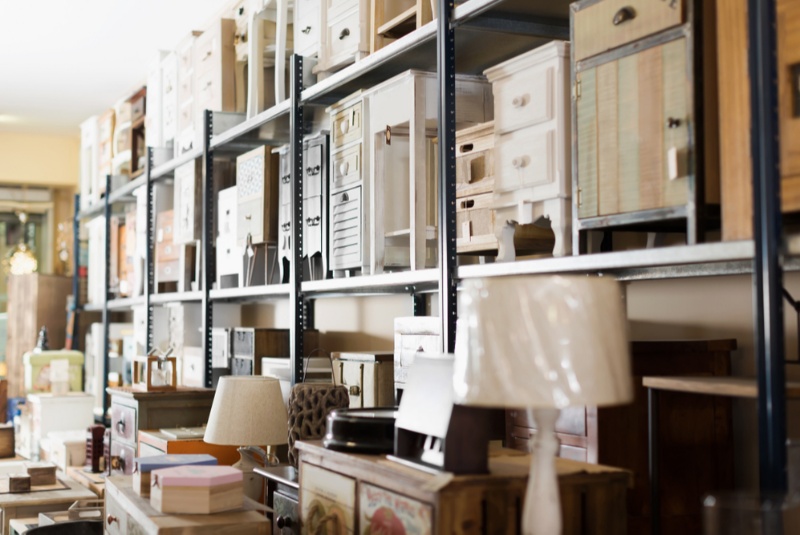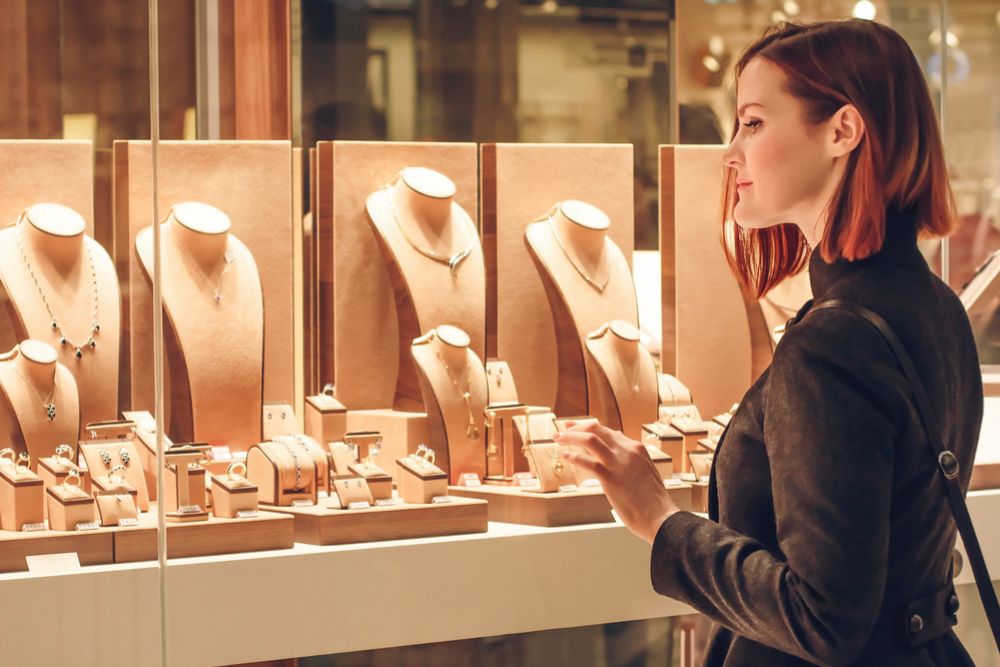As economic circumstances continue to fluctuate and environmental concerns gain prominence, more and more people are exploring the world of used, or second-hand, goods. Often discounted and frequently unique, these items offer many benefits that extend beyond just their price tags.
The second-hand market caters to a diverse range of needs, including clothing, furniture, electronics, and automobiles, among others. While the main attraction for many is undoubtedly the lower price points, there's more to the story than just financial savings.
Firstly, buying second-hand promotes sustainability. As the world grapples with the need for eco-conscious decision-making, purchasing used items helps to minimize waste and lower your carbon footprint. Each time a second-hand item is purchased, it reduces the demand for new products, subsequently decreasing manufacturing emissions and the utilization of resources.
Consider, for example, the fashion industry. It is estimated to be responsible for approximately 10% of global carbon emissions. If more consumers shift towards second-hand clothing, this could significantly reduce the industry's environmental impact.
Secondly, buying used items can often lead to better quality. This might seem counterintuitive, but consider this: a used item has already been through its first cycle of use and if it's still in good condition, that is typically indicative of its durability. In contrast, new products, especially those mass-produced, can sometimes compromise on quality for the sake of production speed and cost.
Moreover, older models of items such as furniture or electronics were often designed to last, as compared to the modern, disposable culture we often see today. Buying these items second-hand, therefore, can sometimes result in acquiring superior products that have withstood the test of time.

The second-hand market also caters to those seeking unique, one-of-a-kind items. From vintage clothing to antique furniture, these goods possess a charm and history that new products simply can't replicate. Additionally, the thrill of hunting for and discovering such treasures offers an entirely unique shopping experience that regular retail outlets don't provide.
While the advantages are clear, it's important to approach the second-hand market with a discerning eye. Always evaluate the condition of the items you're purchasing and consider whether they will serve your needs effectively. Research the market prices to ensure you're getting a fair deal, and be wary of potential scams or counterfeit goods.
In the digital age, finding second-hand items has become more accessible than ever before. Websites like eBay, Craigslist, and Facebook Marketplace, along with dedicated second-hand apps like Depop and Vinted, allow you to find, negotiate, and purchase items from the comfort of your home.
However, physical thrift stores and flea markets shouldn't be overlooked. Not only do they provide the opportunity to physically assess items before purchase, but they also often contribute to local economies and charitable organizations.
To sum up, the second-hand market offers a plethora of benefits that go beyond saving money. It promotes sustainability, often provides quality goods, and allows consumers to find unique items that add charm and character to their lives. As consumers, embracing the second-hand market not only benefits us individually but also makes a positive impact on the world we inhabit. Therefore, it's not a question of why we should buy second-hand, but rather, why wouldn't we?




